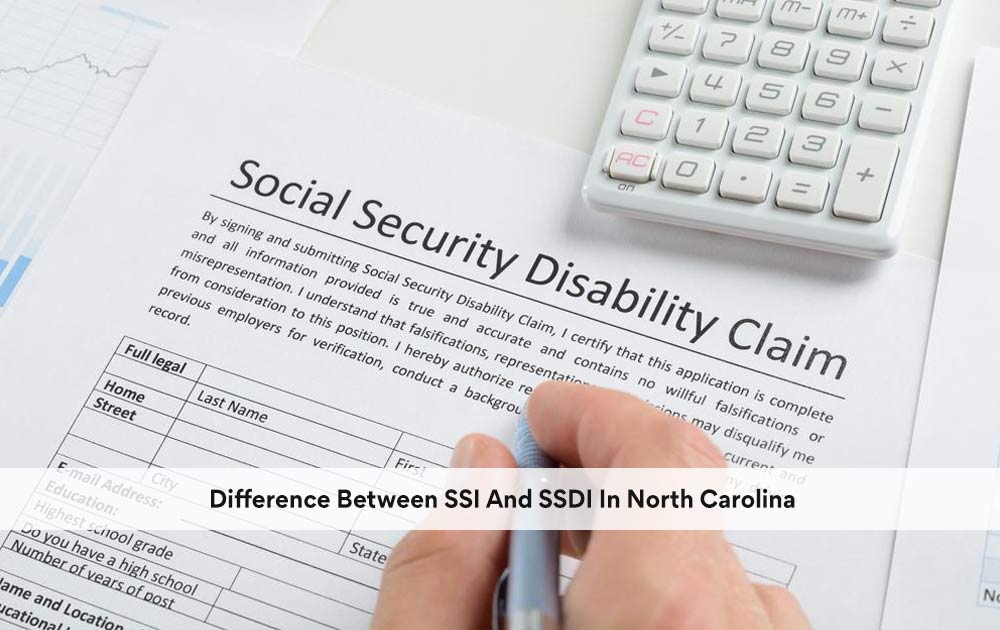Knowing the One Year Threshold
- The analysis of the different types of disabling health conditions and the application process for Social Security begins with the length of time the condition is expected to disable the applicant.
- The threshold level is that the disabling health condition must persist for at least one year.
What Type of Disabilities Qualify for Benefits?
- Once the one-year threshold is passed, then the evaluation shifts to the sequential analysis of the disabling condition(s).
- The Social Security Administration has a list of disabling conditions and the necessary criteria each condition must meet to qualify as disabled. Here, the disabling health condition must prevent the claimant from performing any substantial gainful activity.
- Additionally, the severity of the mental and/or physical impairment must be considered.
Other Works Learn Residual Functional Capacity (RFC)
- Further, the applicant must be unable to adjust to another type of work.
- The ability to adjust is examined by the calculation of the Residual Functional Capacity (“RFC”) and comparing it to the work history and abilities of the applicant.
Compassionate Allowance Initiative
- Unfortunately, some health conditions are so severe (or even fatal) that the normal process of evaluation used by the Social Security Administration is absolutely inadequate.
- For example, if an applicant has been diagnosed with cancer, the normal application process will be too long for him or her to receive benefits before he or she passes away. At the Clausen Law Firm, our expert staff and attorneys are trained in identifying medical conditions that are so severe, such as most forms of cancer, such that the processing of SSDI and SSI claims may be expedited.
- This expedited processing of a severe or fatal disability claim is called the Compassionate Allowance (CAL) initiative. Cancer victims and similar applicants are required to qualify for disability under the same standards as people afflicted with other less severe physical or mental conditions. In this, the more severe or fatal condition must prevent the applicant from performing the work he or she did before he or she was sick.


